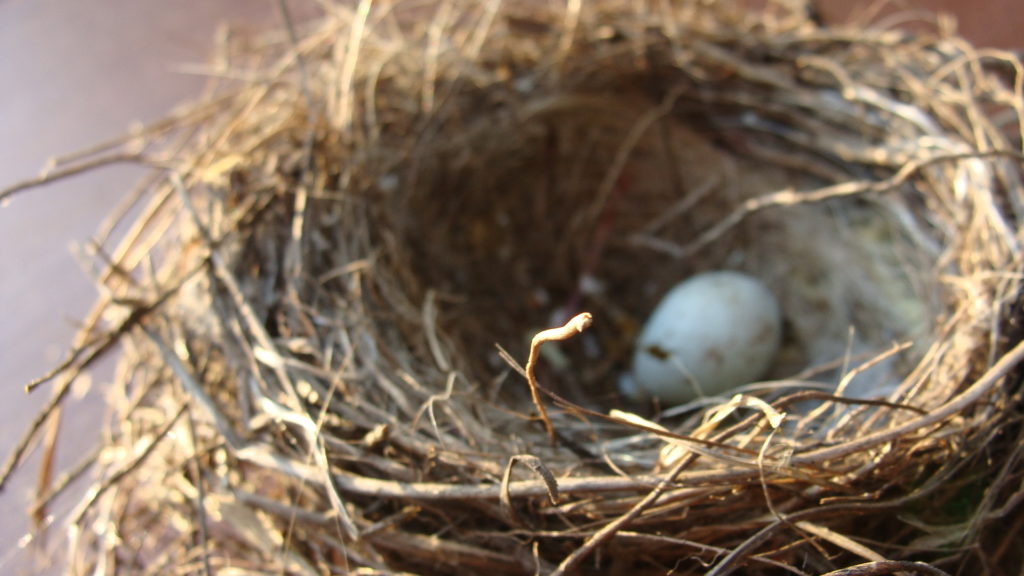A few weeks ago the New York Post brought the concept of bird nesting back into our consciousness, but it wasn’t until Kelly Ripa brought it up as a taunt on Live with Kelly and Michael that people began to take notice.
Bird nesting — when children stay in the family home and the parents shuffle back and forth between places to caretake — is hardly a new concept; in fact, it dates back to the late 1970s. Judges have sometimes made it happen, but nowadays, with more couples interested in a kinder, gentler way of divorcing (even if not quite conscious uncoupling), evidenced by the rise of the divorce selfie, some couples are choosing it themselves.
To mixed results.
‘Not for everyone’
“This arrangement isn’t right for everyone. Probably it isn’t right for most divorcing couples,” writes Rob Crane, co-founder of Kids Stay, a nonprofit offering guidance for couples considering bird nesting. 
Crane should know: he and his wife, Sandy, did it for 10 years until their daughter Whitney headed to college. He’s open about some of the pitfalls of the arrangement and also some of the accomplishments:
This concept worked for us on many levels. It allowed Whitney to have a much more stable home environment than might have been achieved by moving back and forth between us. Sandy and I felt more equal and connected in our sharing of parenting and our place in Whitney’s life. It allowed each of us to have a part of that idyllic, perhaps overly romanticized, suburban family home and neighborhood, while it also gave each parent a time and space to not be a parent for short periods of time. … Perhaps more important than anything else, that sharing of space kept us feeling like more of a family and less of a failure.
Like a parenting marriage
Feeling more like a family is an obvious benefit of bird nesting. Once a couple has a child together, they’re forever bound. Divorce is no longer the end of a relationship; it’s a “restructuring of a continuing relationship,” says law professor Patrick Parkinson. The sooner unhappy couples realize that, the better — for their kids.
Of course, couples don’t have to divorce to have the same benefits as bird nesting. The parenting marriage detailed in The New I Do: Reshaping Marriage for Skeptics, Realists and Rebels is a variation on the theme. Rather than divorce, couples stay married, remove the romantic/sexual aspect of their relationship, and live in the family home with similar on/off responsibilities. Even if you’re sharing a home part of the time while bird nesting and “feeling more like a family,” there are some obvious financial benefits to staying married that divorce removes.
Arrangements like these make sense — for the kids. Divorce per se isn’t bad for children, studies indicate. It’s the instability, conflict, lack of access to a parent and financial challenges that often accompany divorce that hurts them. Bird nesting and parenting marriages, even if imperfect options, solve some of those problems.
Like Crane says, these alternatives are probably not for everyone. But more couples are interested in at least exploring it, and that is pretty huge. So I’m heartened by that as well as the rise in couples seeking mediation or collaborative divorce, and more dads sharing joint custody.
All of which demonstrates that there are as many ways to uncouple lovingly as there are to couple — which, of course, is the idea behind Katherine Woodward Thomas’ conscious uncoupling — and many ways to parent well, intact family or not. It’s up to the parents to make it happen.
Want to learn more about parenting marriages? Order “The New I Do: Reshaping Marriage for Skeptics, Realists and Rebels” on Amazon, and follow The New I Do on Twitter and Facebook.
















